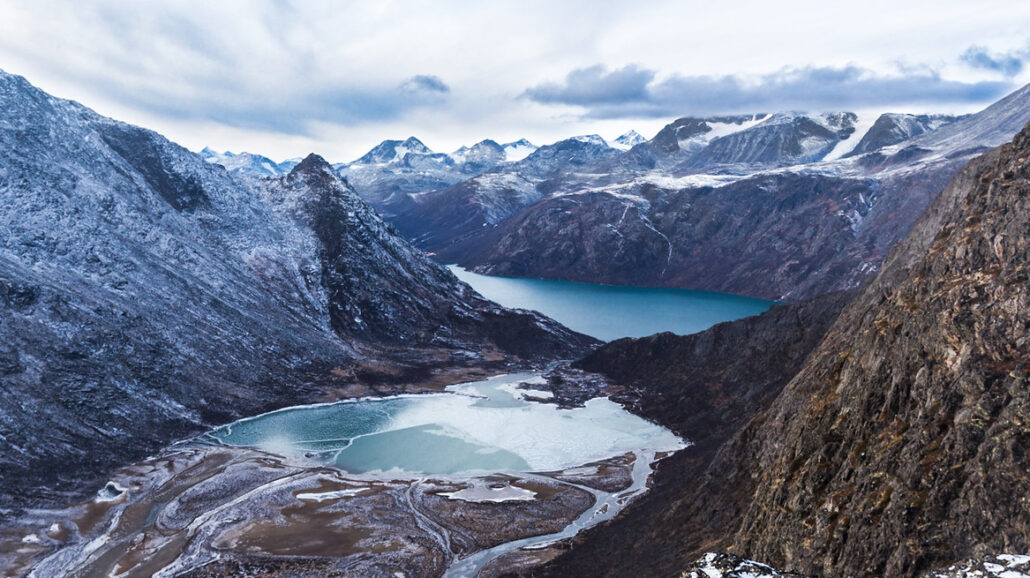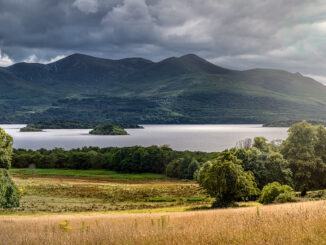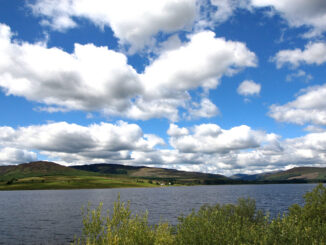
European Union leaders are hailing a new agreement that will pave the way for an EU-wide Nature Restoration Law sometime early next year. The proposed law would direct EU member states to expand ecosystem protections and improve already protected areas, such as the continent’s popular national parks.
But some environmental groups say they are less than thrilled with the deal that was cut last week.
In multiple statements issued after the European Commission announced last Thursday an agreement on the forthcoming Nature Restoration Law, environmental non-profits across Europe voiced their frustrations with the deal that was cut. Although they are happy that an EU-wide law in some form seems poised to enter into force by early next year, they say efforts to make the Nature Restoration Law as palatable to as many different constituencies as possible will mute its eventual effectiveness.
“We finally have a much-needed law that, in theory, would force the EU to take concrete action to restore its ailing nature,” said Ioannis Agapakis, a conservation lawyer with the group ClientEarth, in a release. “However, negotiators have hollowed out the law to the point that it risks being toothless in practice and prone to abuse.”
Closer to the finish line
The European Commission says the political deal struck one week ago between the EC, the EU Parliament, and the Council will “set in motion a process for continuous and sustained recovery of nature across the EU’s land and sea.”
The political agreement reached would see a new Nature Restoration Law passed that would press EU member states to implement protections and restoration initiatives covering at least 20 percent of the bloc’s land area and 20 percent of its seas by 2030. The move is seen as largely in line with a conservation and biodiversity protection agreement struck by parties to the United Nations Convention on Biological Diversity last year.
European Commission press officer Daniela Stoycheva said last week’s agreement is provisional. “The text of the law has now to be voted by the Parliament and the Council before it can be published in the official journal,” Stoycheva said.
A path toward revitalizing protected areas
Some observers are taking a more positive view of the NRL agreement, especially for what it could entail for Europe’s formally protected lands and waters.
“We expect protected areas to play a role inspiring restoration planning and implementation also outside of their borders, and keep implementing restoration within their areas of influence,” Esther Bossink, a communications manager with the EUROPARC Federation, told Public Parks. “There might be a boost in some countries also for restoration within protected areas.”
The bill also pushes for reforms to agriculture and forestry that are said to better align with the need to mitigate against global warming. “By 2050, such measures should be in place for all ecosystems that need restoration,” the EC said in a release.
Sabien Leemans, a senior biodiversity policy officer with the World Wildlife Fund’s European Policy Office, told Public Parks that the new law is needed for already protected lands and waters. He said national parks and other protected zones in Europe are in poor condition. The Nature Restoration Law will direct better management and restoration work in these zones, as well.
“81 percent of protected habitats in the EU have a poor or bad conservation status according to the latest State of Nature in the EU report,” Leemans said. “So, the restoration targets in the NRL are not only about restoring free-flowing rivers, agricultural ecosystems, or forests.”
Mandatory planning, lax oversight
The law directs member states to formulate their own “national restoration plans” to improve ecosystems and the natural functions of the EU’s protected areas. The law presses for better management of unprotected areas, as well, as it directs member states to improve “key land and marine habitats, urban ecosystems, rivers, and floodplains,” and to improve natural conditions for pollinators like bees.
“Where and how to restore, will be decided by the Member States, who will need to draft their national restoration plans,” Leemans explained. “As also inside protected areas and/or Nature 2000 sites, habitats can be degraded. The restoration action can happen both inside and outside protected areas.”
A coalition of environmental groups complained that negotiators added several loopholes to the Nature Restoration Law that will likely lead to much less than 20 percent of land and sea areas being restored or protected. They also complained about a so-called “emergency brake” provision that lets lawmakers put a temporary halt on implementing the law.
Nevertheless, they are endorsing what’s been agreed to thus far, fearing that the effort may founder for good should the Nature Restoration Law be reopened for negotiations.
“It is imperative that the law is now formally adopted by the co-legislators before the EU elections in 2024, and its implementation starts without delay,” Sergiy Moroz, a biodiversity policy manager with the European Environmental Bureau, said in a statement.
Next steps
The deal reached last week was a compromise between the European Parliament and the Council on the Nature Restoration Law. The European Parliament as a whole must now vote in favor of the law. Then the European Council must endorse it before it can enter into force.
The EU member states will then have two years to submit their first nature restoration plans.
The World Wildlife Fund estimates that the EU Nature Restoration Law will likely enter into force by February 2024. However, Leemans cautioned that, although momentum seems to be building for passage, much needs to occur between now and then.
“The next steps will be the adoption of the law by both the European Parliament and the EU [member states] Council”, Leemans said. “This will happen in the coming weeks to months. So only then, the law will be in place and adopted.”
Bossink added that where restoration work happens first will be entirely up to national authorities. Some EU member governments may choose to focus their restoration activities on protected areas first, while others could go a different route.
“At EUROPARC we believe protected areas are essential for restoring what was lost and protecting what was restored,” Bossink said. “However, the exact impact of the law on protected areas, if it is indeed approved, remains to be seen.”
©2025 Public Parks
Park Info
Park Location:
Europe’s national parks



